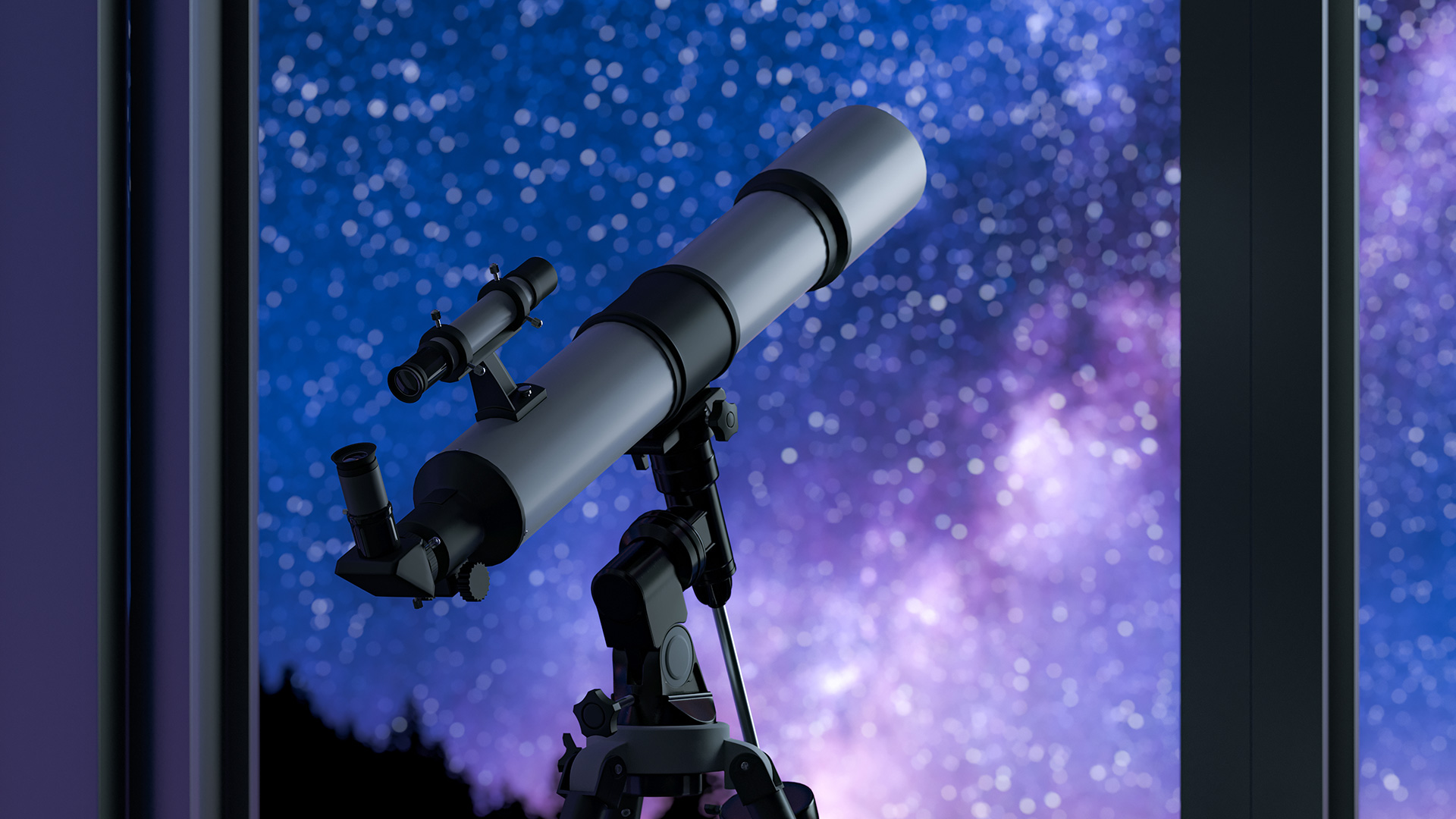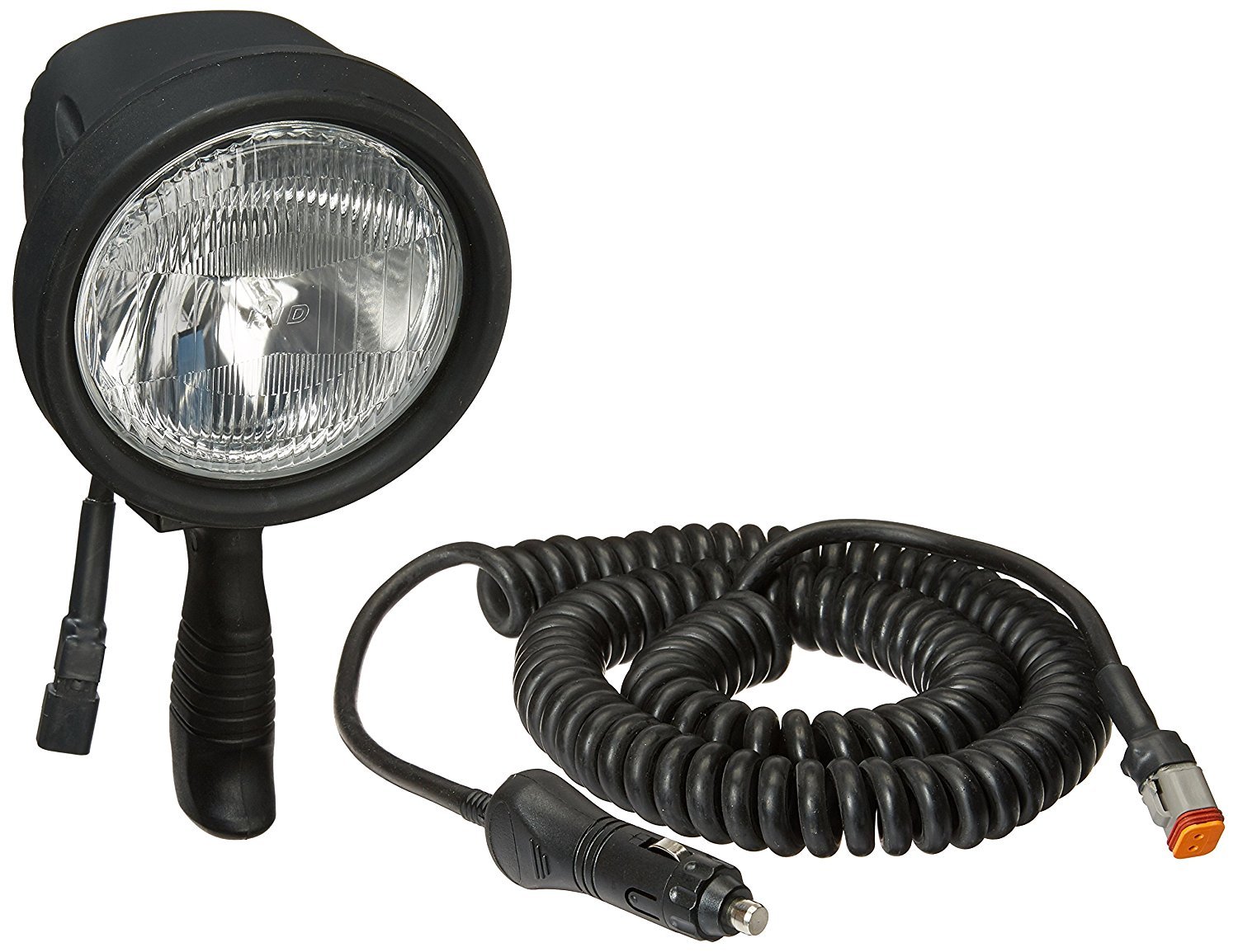One of the most valuable methods to commence learning the night time heavens doesn’t need to have any particular gear. Get a associate with a obvious night and charge for your cliffs! Locate a place clear of city glow, taller structures, and trees and shrubs and simply search for. Get pleasure from browsing all of the actors that aren’t usually apparent inside the glare of best telescopes municipalities.
To begin viewing constellations, bring along a recently available superstar chart. Bring a reddish colored gentle along to bypass destroying your night time view.
Also, consider stargazing opportunities close to you. Most nearby huge organisations will contain a few of these annually and are generally a wonderful way to learn more about the darker sky plus a possibility to look through different telescopes.
It is simple being confused by the specifications and selections when choosing the first best beginner telescopes.
The crucial spec for almost any telescope is its aperture or even the diameter of their zoom lens or mirror. The larger the much more useful just because a bigger gap can gather a lot more gentle and remote control physical objects appear to be happier. But this comes with a charge, and larger telescopes are also much smaller and mobile. Analyze whether you want so that you can pack your telescope into the rear of your automobile for stargazing discipline trips before spewing on that 10-inches aperture telescope.
To choose what type of stargazing the best beginner telescopes is best for, look at its f-proportion. The f-ratio may be the telescope’s focal size diverged by its aperture. For any telescope using a 900-millimeters key span as well as a 70-millimeters aperture, this provides you with an f-ratio of 12.9 or f/12.9. As being a extensive principle, smaller the f/variety, the more low quality the magnification, the greater number of thorough the area, and also the more colourful the picture.
Tiny f-proportions of f/4 to f/5 are ideal for wide-discipline monitoring and critical area things like galaxies.



